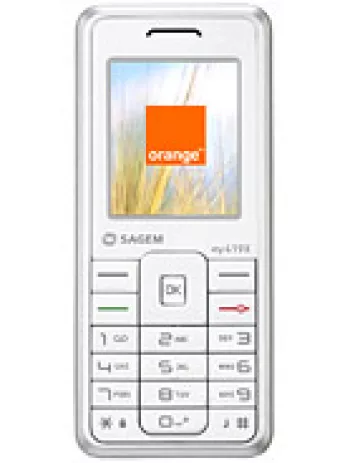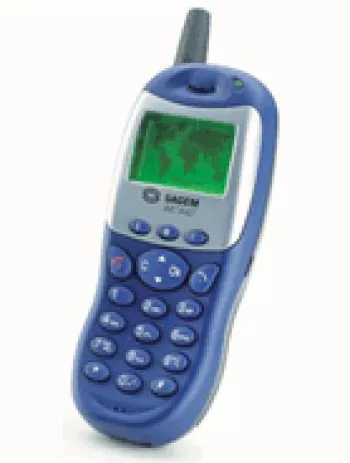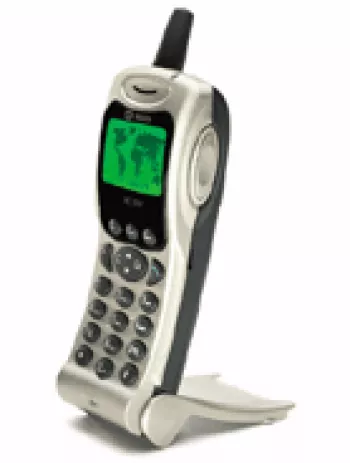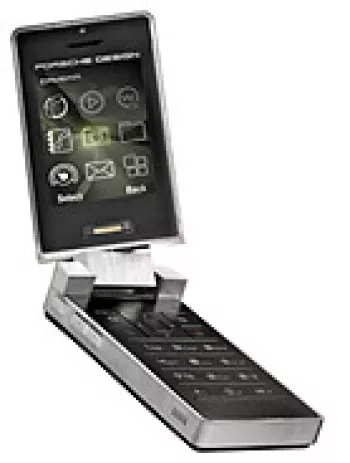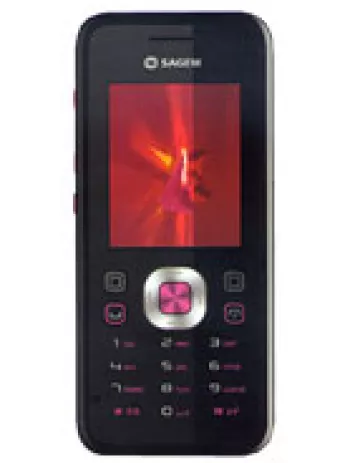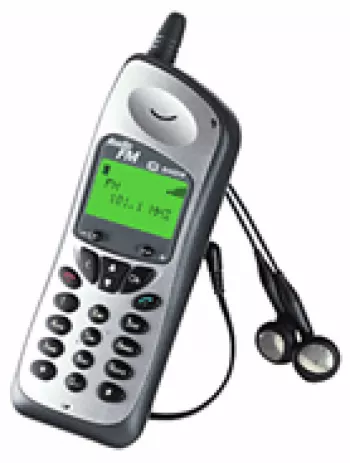
Overview of the Sagem MC 825 FM
The Sagem MC 825 FM was a significant player in the mobile phone market during the late 1990s, known for its simplicity and practicality. Released in 1998, the device catered to basic communication needs with added functionality, such as FM radio. Its introduction marked a period when consumers began to appreciate mobile connectivity and the early features associated with mobile devices. Although now discontinued, the Sagem MC 825 FM remains a fascinating study in the evolution of mobile technology.
Design and Build
With dimensions of 132 x 50 x 26 mm, the Sagem MC 825 FM was compact for its time, fitting comfortably into the user's hand. It weighed 152 grams, which was relatively lightweight considering the materials and technology of the period. The phone utilized a Mini-SIM card form factor, which was common in the late 1990s and early 2000s. Despite its simplicity, the phone's design was considered robust and practical.
Display Features
The device featured an alphanumeric display which could show 3 lines of 12 characters each. This display type was standard for feature phones at the time, allowing users to view text messages and basic menu options. It lacked the graphical sophistication of modern smartphones but served its function effectively in an era when mobile screens were more about practicality than aesthetics.
Network and Connectivity
The Sagem MC 825 FM operated on GSM technology, supporting 900 and 1800 MHz bands. During its launch, 2G was the leading network technology, offering reliable voice communication across extensive geographic regions. It did not have GPRS or EDGE, so internet capabilities were non-existent, limiting the phone to voice calls and SMS text messaging. However, the inclusion of FM radio added an entertainment element that was well-received by users at the time.
Memory and Storage
The phone did not include a card slot, and as such didn't support external memory expansion, which is a stark contrast to today’s smartphones. It could store up to 100 contacts in its phonebook, which was quite adequate for the average user then. The focus was primarily on communication rather than data storage, reflecting the consumer priorities of the time.
Sound and Alerts
The Sagem MC 825 FM supported monophonic ringtones and offered a vibration alert. These were standard features in the 1990s mobile market, providing basic auditory and tactile feedback for incoming calls and messages. Although it didn't sound as vivid or sharp as today’s polyphonic and MP3 ringtones, the alert system was functional and sufficiently informative.
Battery Life
Powered by a removable NiMH battery, the device showcased a standby time of up to 90 hours and a talk time of approximately 3 hours. Although these figures are modest by contemporary standards, they were quite impressive at the time of the phone's release. Users appreciated the long intervals between charges alongside the convenience of replacing the battery, a feature that's become less common in modern smartphones.
User Interface and Operating System
The Sagem MC 825 FM was a feature phone, meaning it ran on a proprietary operating system rather than the more complex smartphone OS found in devices today. The user interface was straightforward, emphasizing ease of use for sending SMS, making calls, and tuning into the FM radio.
Additional Features
The device came with basic features such as a clock and alarm, catering to everyday personal management needs. However, it did not include games or support for Java applications, limiting its capacity for further entertainment or productivity functions. This reflected the consumer expectations of mobile phones during its time of release, focusing on essential functionality over advanced capabilities.
Discontinuation and Legacy
Although the Sagem MC 825 FM was discontinued, its contribution to mobile phone history remains noteworthy. By offering a mix of communication and entertainment features, it set a blueprint for future advancements, highlighting the growing demand for mobile connectivity. Today's mobile devices have built upon the foundation laid by the Sagem MC 825 FM and its contemporaries, expanding possibilities in storage, connectivity, and multimedia.
Conclusion
In recap, the Sagem MC 825 FM encapsulates an era of mobile technology marked by simplicity and foundational innovation. Its hardware and feature set are now primitive compared to modern standards, yet it serves as a reminder of the rapid evolution within the telecommunications industry. From facilitating basic communication to introducing FM radio as a novel feature, the Sagem MC 825 FM holds a place in the annals of mobile phone history, illustrating the first steps towards today’s ubiquitous mobile connectivity.
Key Features of Sagem MC 825 FM
- Supports GSM 900/1800 bands
- Compact size with dimensions: 132 x 50 x 26 mm
- Lightweight at 152 g
- FM radio
- Alphanumeric display with 3 x 12 chars resolution
- Phonebook with storage for 100 contacts
- Loudspeaker
- Vibration and monophonic ringtones
- Basic SMS messaging
- Features clock and alarm functionalities
- Removable NiMH battery with up to 90 hours of standby time and 3 hours of talk time
Disadvantages of Sagem MC 825 FM
- No GPRS or EDGE support, limiting data connectivity options.
- Discontinued status, making it difficult to find and service.
- Bulky design with dimensions of 132 x 50 x 26 mm and weight of 152 g.
- Alphanumeric display with a very limited resolution (3 x 12 characters).
- No expandable memory; phonebook capacity limited to 100 entries.
- No camera capabilities.
- No 3.5mm audio jack, limiting audio output options.
- Lack of modern communication features like WLAN, Bluetooth, and USB connectivity.
- Limited features with only SMS messaging and no browser or advanced applications.
- Short battery life with approximately 90 hours standby and 3 hours talk time.
View Also
More Phones
All Rights Reserved +13916 Phones © Mobilawy 2025














